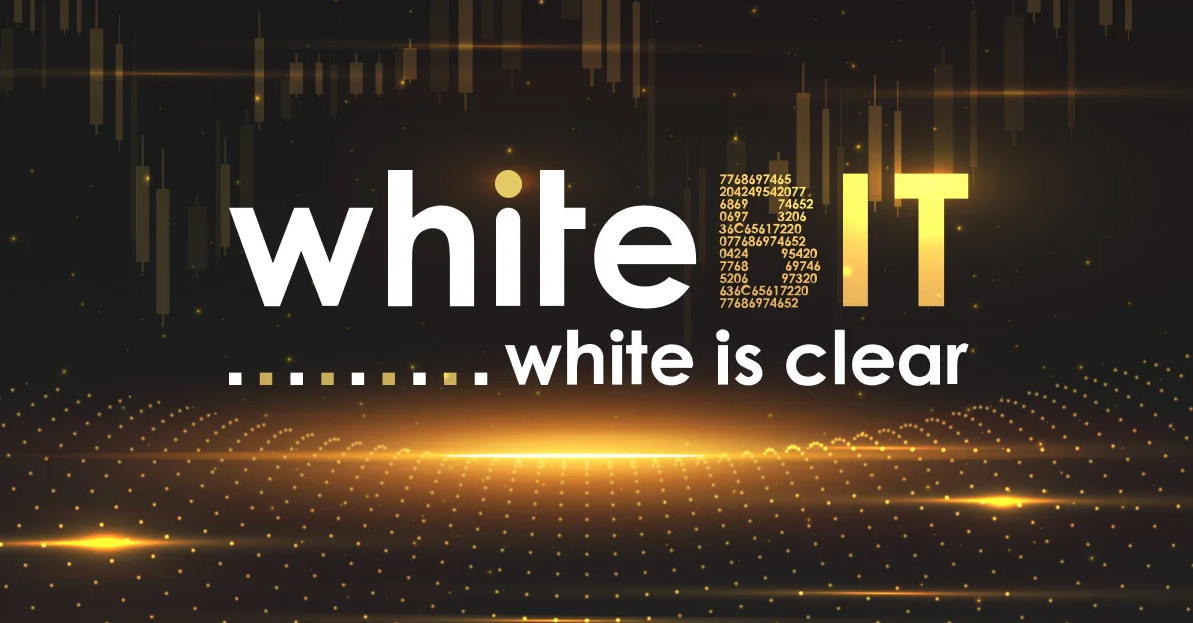There are lots to consider before opting to expand the framework a business should provide or its scope of operation. I believe that the same level of scrutiny went into the planning and execution of WhiteBIT’s recent move to launch a margin trading feature for crypto traders. While the platform has maintained an impeccable reputation as a spot exchange, its entrance into the margin trading landscape poses new challenges. One such hurdle is that it must enable a margin terminal good enough to compete with established entities offering similar features. Hence, in this piece, I will be comparing WhiteBIT with three other exchanges offering margin terminals. These exchanges include Bitmex, Bitfinex, and Bybit.
How Does WhiteBIT Compare to Existing Margin Terminals?
There are about 15-30 exchanges providing users with functionalities that allow them to trade crypto derivatives with the option of utilizing leverages. While this is a given, only 5 platforms function as a full-fledged margin terminal. They are Bitmex, Bybit, Deribit, Bitfinex, and FTX. Fortunately, with the introduction of WhiteBIT’s margin trading feature, this number has risen to 6. Below is how this new terminal compares to three of these platforms.
Target Market and Jurisdiction
Bitfinex, WhiteBIT, Bitmex, and Bybit are all crypto exchanges available to a global community of traders. More often than not, these trading platforms restrict traders located in certain countries from accessing their services, especially those from jurisdictions with stringent regulatory frameworks for exchanges or crypto assets. What I found to be typical of all four margin terminals is that they are not available in the US. Interestingly, WhiteBIT’s decision to provide margin trading to its users has helped it to fuel new market paradigms that should interest traders located in specific regions. Since the exchange primarily targets the European and CIS countries, it will become the first and only margin terminal catering to the vast CIS market. This opens up the possibility of quickly establishing itself as a dominant player.
Margin Leverage
Although all of the exchanges analyzed in this article allows traders to use leverages, the differentiating factor is the restrictions implemented on each platform. For Bitfinex, the margin trading infrastructure only provides 3.3X leverage. This leverage is pale in contrast to what we have at Bitmex and Bybit. Both platforms provide up to 100X leverage to traders with a high-risk appetite. As for WhiteBIT, it currently offers the opportunity to multiply profits by fivefold. In other words, it enables 5X leverage for now. Besides, the exchange plan to increase this to 15X in the coming months.
Reputation
There is every reason to research the history of centralized exchanges before going all out to adopt their trading infrastructure. When it comes to track records, Bitfinex seems to be the most scrutinized. The platform has weathered a few high-profile crises down the years. Bitfinex, which launched in 2012, was breached in 2015 and 2016, following coordinated attempts by hackers to steal users’ funds. 2016, in particular, proved to be a challenging year as hackers were able to capitalize on flaws in its security system and cart away with $72 million worth of bitcoin.
Another bone of contention is the alleged link between Tether and the exchange. Both organizations seem to share the same talent pool. Hence, skeptics believe that there could be a financial cover-up between these two entities given that USDT, tethered to the US dollar, recently surpassed the $1o billion market cap. Therefore, the stablecoin is only valid if an equivalent sum in fiat currency is in a vault somewhere, which is yet to be proven.
Bitmex, on the other hand, is seemingly prone to service failure whenever the demand for liquidity is at its peak. We saw this happen during the March market crash when Bitmex went offline for as long as 25 minutes. As for Bybit and WhiteBIT, they seem to have maneuvered the volatile crypto exchange terrain effectively ever since they launched in 2018. Bybit is a mainstay in the margin trading market. Also, WhiteBIT has maintained a proven record of enabling a secure and transparent spot exchange facility, thanks to its team of over 100 blockchain specialists. It remains to be seen if WhiteBIT will establish the same level of integrity and professionalism in its newly introduced margin terminal.
Liquidity and Accessibility
High liquidity is one of the core requirements for crypto exchanges. Therefore, it comes as no surprise that all four margin terminals have created a trading ecosystem focused on providing traders with the required speed and tools to exit and enter trades seamlessly. For one, Bitfinex is an established player in the crypto scene. As such, liquidity is one of its fortes. We can attribute a similar trait to Bybit, which primarily focuses on perpetual contracts.
As mentioned earlier, Bitmex has had one or two clashes with users as regards liquidity and accessibility. In the case of WhiteBIT, I expect the milestone achieved in the spot exchange will automatically set its margin terminal up for success. This notion stems from its current capability to cater to over 180,000 users and 35,000 active traders. Besides, it will feature highly liquid fiat currencies like Ukrainian Hryvnia (UAH), Russian Ruble (RUB), Euro (EUR), and Turkish Lira (TL) and, within a month, add 5 extra crypto pairs. These pairs include Ether, Litecoin, Ripple, and Ruble.
Final Thoughts
Judging from the findings above, it is safe to say that WhiteBIT is poised to emerge as a formidable addition to the margin trading market. However, this depends solely on the capability of the exchange to reenact the level of proficiency it has garnered in facilitating spot exchanges to margin trading.

